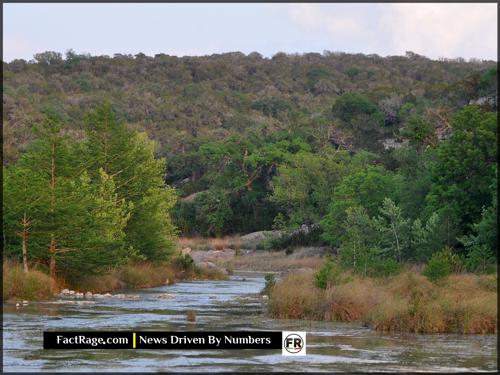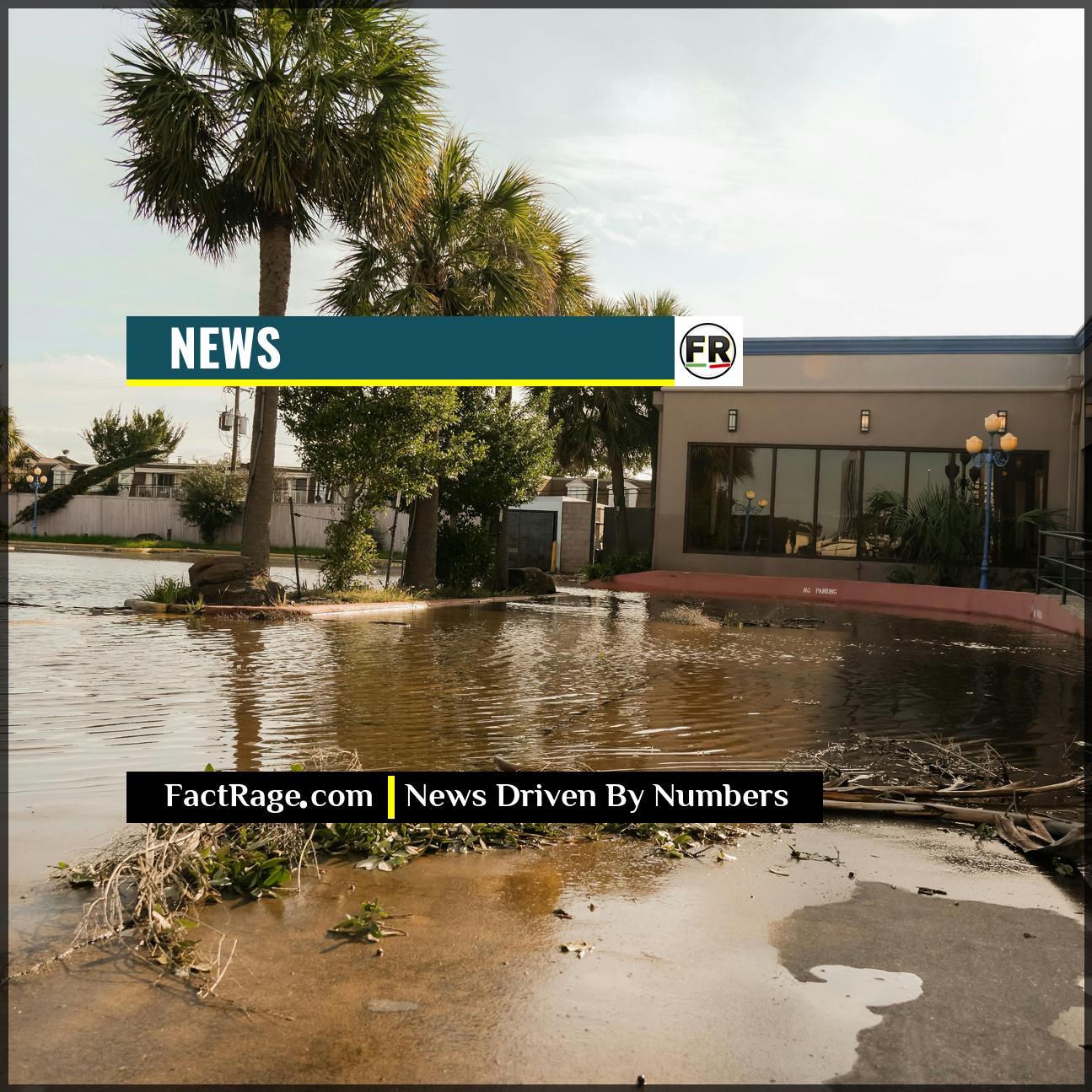KERRVILLE, TX – The Guadalupe River has surged past major flood stage, forcing residents in low-lying areas to evacuate as the community prepares for significant inundation.
- River Crest – According to the National Weather Service, the river surpassed the major flood stage of 20 feet early Friday morning, with forecasts predicting a continued rise.
- Community Impact – Local officials have closed several roads and bridges, shut down the popular Kerrville River Trail, and issued voluntary evacuation notices for at-risk neighborhoods.
- Historical Pattern – This event echoes previous catastrophic floods in the region, particularly the floods of 1978 and 2002, raising familiar questions about infrastructure and long-term climate resilience.
The muddy, churning water is a stark contrast to the typically serene river that serves as the lifeblood for this Texas Hill Country town. For residents of Kerrville, the rising Guadalupe is both a familiar foe and an immediate crisis, transforming a source of recreation and commerce into a slow-moving disaster.
Why the River’s Rise Has Officials on High Alert

The immediate concern is the water’s height and speed. By Friday afternoon, the river had begun to spill into city parks and creep toward the foundations of businesses along the waterfront. Kerrville Emergency Management Coordinator William Gene, a 20-year veteran of the department, described the situation as “serious and unpredictable.”
“We’re operating based on the latest NWS projections, but every flood is different,” Gene stated during a press briefing. “Our primary focus is life and safety. We’ve gone door-to-door in the most vulnerable areas. The river is the heart of our town, but right now, it’s a threat we have to respect.”
The official response involves a multi-agency effort, with public works crews barricading threatened streets and first responders staging equipment in strategic locations. The key question on every official’s mind is not if there will be damage, but how extensive it will be once the river finally crests.
How Residents and Businesses Are Counting the Cost
For business owners like Maria Flores, who has run a cafe near the river for a decade, the flood is a direct threat to her livelihood. “We moved everything we could to higher ground yesterday,” she said, standing near a wall of sandbags stacked by her front door. “You watch the water, you get the alerts, and you just hope for the best. We’ve been through high water before, but this feels different. It came up so fast.”
The financial uncertainty is compounded by the personal toll. Long-time residents in neighborhoods near the river are making difficult choices. Some, like the Henderson family, have lived in their home for over 40 years and have seen floods come and go.
“We packed the essentials—photos, papers, medicine,” said patriarch John Henderson, as he loaded a truck. “You learn not to keep anything you can’t bear to lose in the basement. We’ll stay with my daughter in Fredericksburg until the water goes down. It’s all you can do.” This sentiment is common throughout the affected areas, a mix of practiced resilience and weary resignation.
What History Teaches About This Familiar Crisis
While the immediate focus is on the current flood, the event fits into a well-documented history of extreme weather in the Texas Hill Country. The region is known for its susceptibility to what meteorologists call “flash flood alley,” an area prone to rapid and intense rainfall.
The devastating flood of 2002, which saw the Guadalupe and other rivers reach unprecedented levels, remains a benchmark for disaster preparedness in the area. That event led to significant changes in building codes and emergency planning. However, the recurring nature of these events—alternating between periods of intense flooding and severe drought—poses a persistent challenge for long-term planning.
As Kerrville waits for the water to recede, the community is once again confronting the difficult reality of living alongside a powerful and unpredictable river. The flood of 2025 will be another chapter in that long history, a test of the town’s preparations and its ability to recover and adapt.














